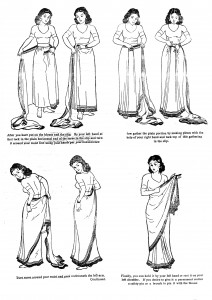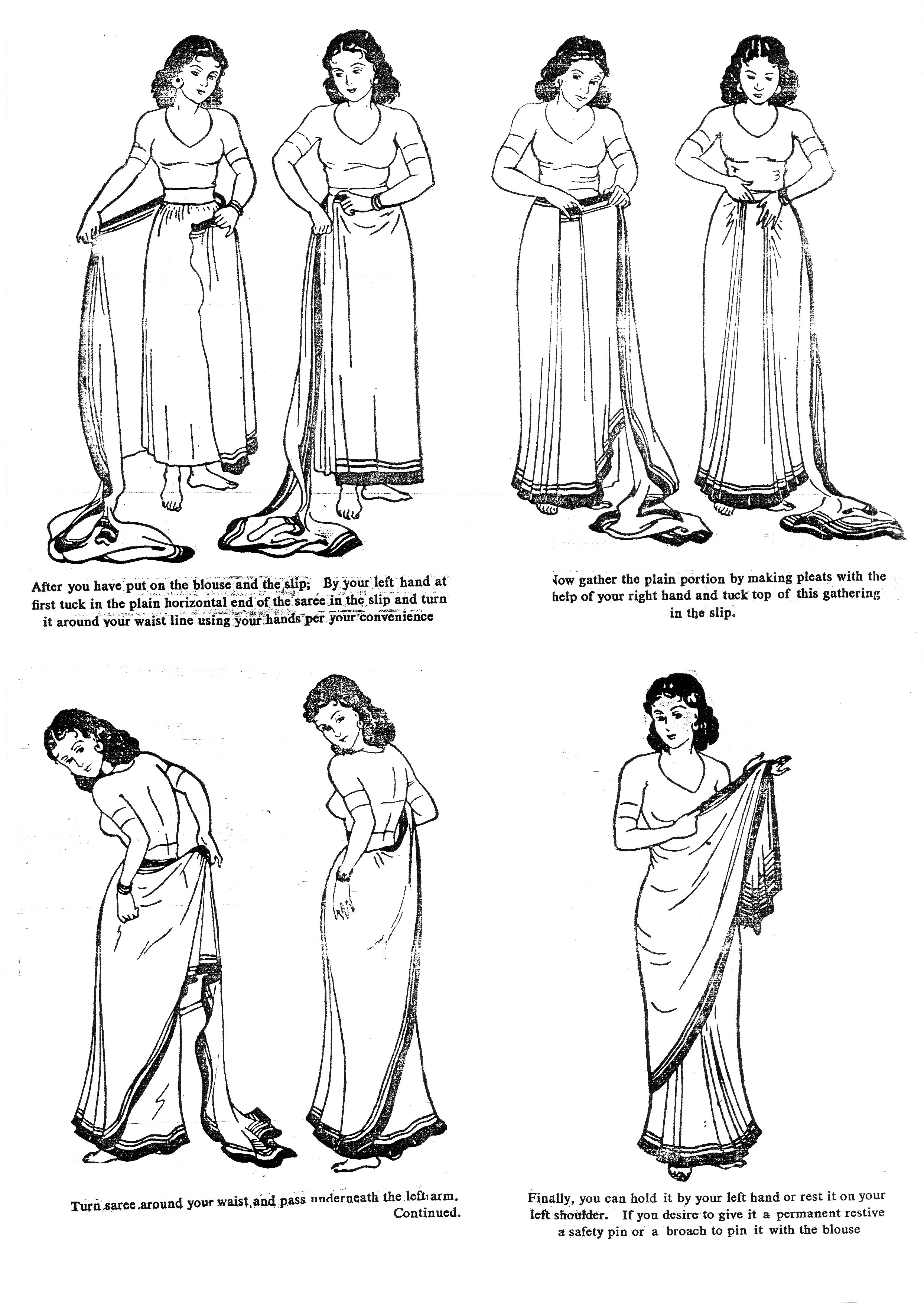 This 4th of July weekend along with the independence of our country, I celebrated my niece’s wedding. My family is originally Indian and this wedding celebration was a chance to dress up in beautiful traditional clothing over the several occasions of the wedding.
This 4th of July weekend along with the independence of our country, I celebrated my niece’s wedding. My family is originally Indian and this wedding celebration was a chance to dress up in beautiful traditional clothing over the several occasions of the wedding.
On one occasion, I wore a sari for the first time. This may surprise some of you that it was only my first time wearing a sari. But the sari is an interesting piece of clothing and to be honest with you, there is an art to wearing it. It’s not something you just throw on like a pair of pants and a shirt. It requires of you some mental engagement, the act of wearing it is almost an event in itself. And that is just one of the fascinating aspects of the sari.
The sari came about, it’s said, as early as 2800 BC, that’s more than 4000 years ago, talk about ancient! And it’s still a vibrant and living fashion today. It is an unstitched piece of cloth about 12 to 18 feet long and about 4 feet wide. It’s extremely simple yet elegant. There are no fasteners involved, it’s just tucked, wrapped, and thrown over the shoulder. In other words, it’s very low-tech.
Here’s what I love about the sari: its design is so basic, so natural, so flexible (there are many ways to wear one) that after 4000 years, it’s used for things like a military uniform for women to the most ostentatious occasions as a wedding dress. That’s a pretty good track record for a product if you ask me!
There is ancient wisdom at play in the sari. It’s simple, doesn’t require gadgets and a woman’s body is the fundamental source of its design. These are the sort of ancient design principles that embody good architecture as well – simplicity, flexibility and made to fit nature. Gadgets and technology like solar panels or operable exterior shades are like jewelry, accessories if used by themselves. Without a solid backbone of fundamental design principles like solar orientation, natural ventilation and a wise use of materials, there isn’t much sense in adding jewelry to a building.
The sari reminded me that good design is borne out of timeless principles and simplicity. It leaves plenty of room for embellishments and different styles, but only because its basic design is so sound. The key to good, green design in the future lies not only in developing new technologies but in looking back and embracing ancient design principles that truly connect us with the earth, its patterns and its rhythms.
Image Credit: Image from jbryant.eu

















